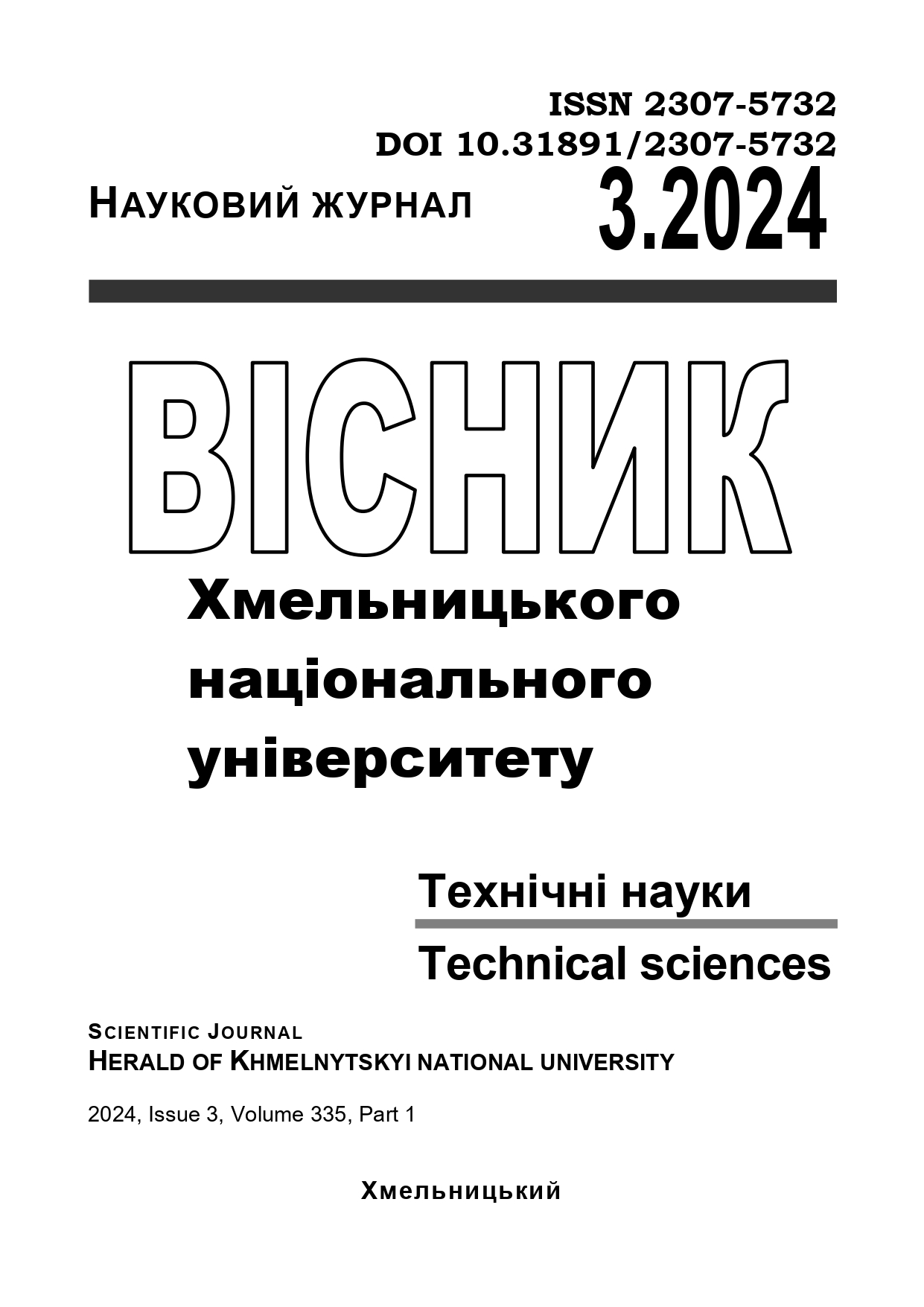AUTOMATION OF QUALITY CONTROL OF THE APPLICATION OF POLYMER COATINGS ON LIGHT INDUSTRY MATERIALS
DOI:
https://doi.org/10.31891/2307-5732-2024-335-1Keywords:
program, recognition, polymer, material, segmentation, automation , computer visionAbstract
The paper considers the problems of automatic application quality control of polymer coatings on materials of light industry. The methods that allow identification, segmentation and analysis of areas of polymer application, as well as to determine the texture and orientation of textile material fibers are considered. Recognizing a polymer coating on materials is a challenging task due to variations in textile texture, fiber orientation, and characteristics of the coating itself (such as transparency or thickness). We use various image processing and machine learning algorithms for efficient automated inspection. Image preprocessing includes brightness normalization, noise filtering, and grayscale conversion to facilitate further analysis. Converting to shades of gray simplifies image processing, since the program will work with a single-channel image. The use of filters such as Gaussian Blur helps to reduce the effect of small obstacles and defects on the textile base. The program for image recognition of polymer coatings is based on the use of OpenCV, Tkinter and NumPy libraries. It includes image loading, image preprocessing, segmentation, and coverage area analysis. The program allows interactive use through a graphical interface and provides visualization of results in the form of color masks. The Polymer Coating Analyzer developed in Python, using modern image processing techniques, is an effective tool for automated coating analysis. The integration of such systems into production lines allows to reduce the number of defects, improve product quality and optimize control processes. Recognition of images with different coverage quality was carried out. The successful integration of such systems into production allows to increase the efficiency of quality control, reduce the number of defects and optimize the coating process.

